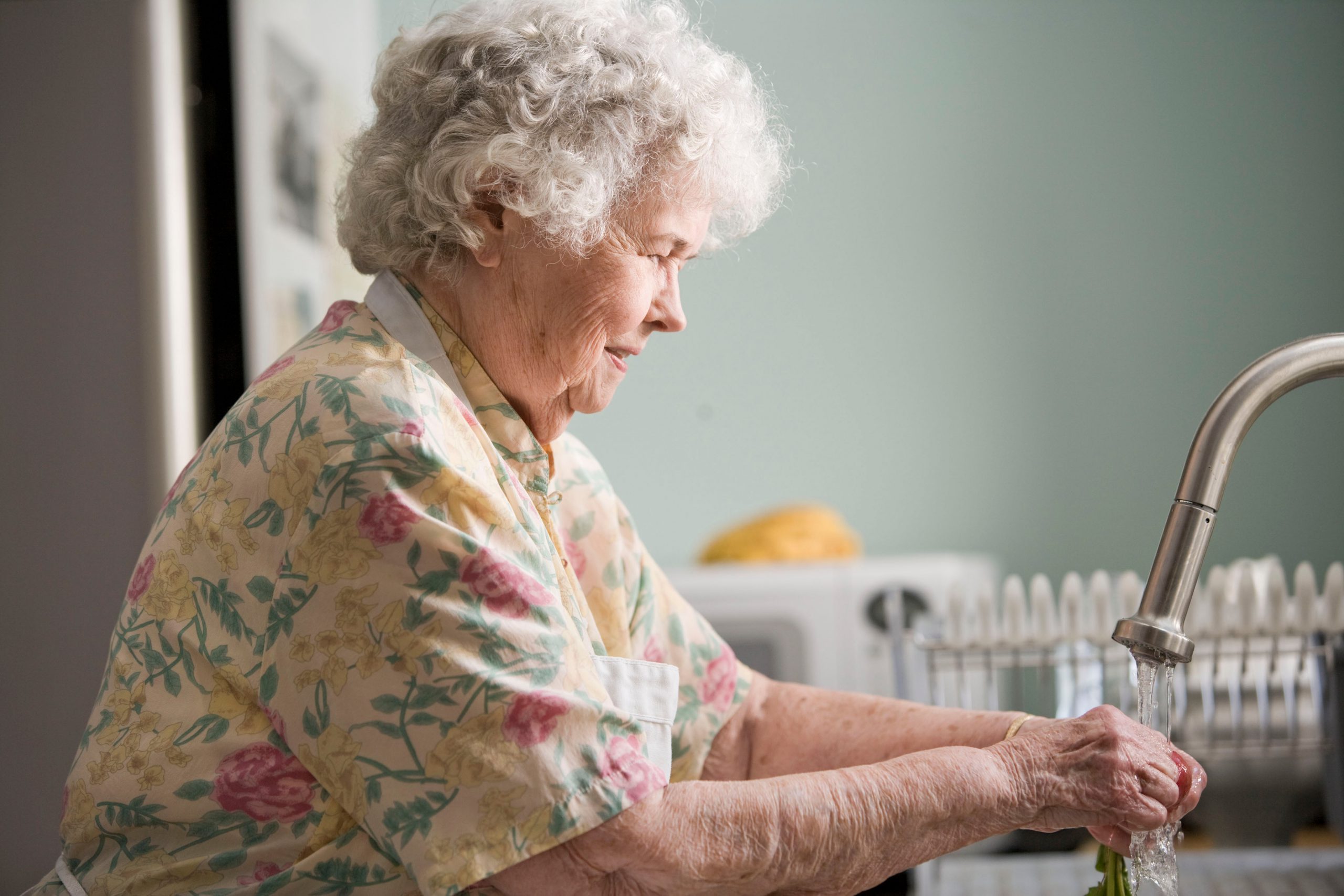The process of aging comes with various ailments and conditions, and one of them is osteoarthritis (OA). It’s a degenerative condition that causes pain, thereby limiting your mobility. It’s often referred to as the wear and tear arthritis, which is also considered as one of the most common types of arthritis. Here the smooth cushion between the bones, medically known as cartilage, breaks down. As a result, the joints touch, leaving it painful, swollen, and difficult to use.
While osteoarthritis can affect any joint, it often occurs in knees, hands, lower back, hips, and even the neck. It can start as soon as an individual hits the 50s, affecting more women than men. The disease occurs gradually, eventually worsening over time.
Today, it’s regarded as the most common joint problem in the United States. Here’s what you need to know:
Understanding the cycle
Osteoarthritis occurs at the first indication of pain, which is usually the onslaught of a vicious cycle. People beginning to feel the effects of osteoarthritis will be compelled to adjust their posture, ultimately limiting movement as a slight form of relief.
Unfortunately, the change in posture and lack of movement are unnatural bodily functions, which ultimately cause more problems. Reduced movement, for instance, causes a decrease in nutrient supply. This means that the cartilage will further break down and deteriorate, causing more pain than jumpstarts the process once more.
To fully understand how your pain might be pointing to the development of osteoarthritis, here are the signs to watch out for:
- Pain or discomfort in the joint during and after activity
- Stiffness in the joint after a period of rest
- Limited mobility
- Cracking or clicking when a joint bends
- Muscle weakness around the joint
- Buckling or instability
- Swelling
What can you do?
Osteoarthritis can be difficult to deal with, as there is currently no cure. Bear in mind that there is no standardized treatment for the condition, but various treatment options can provide you relief. Ultimately, however, your doctor determines the best treatment plan for you, which can include medications, physical therapy, and surgical procedures.
If you wish to improve the onslaught of symptoms, stay healthy, and put off surgery, there are self-care measures you can take:
- Maintain a healthy weight: Adopt a mild exercise routine and combine it with healthy eating habits. Excess weight worsens osteoarthritis.
- Protect your joints: As you exercise, make sure to warm up and cool down properly. Watch your step to prevent falls and injury, and make sure to rest as necessary.
- Keep a range of motion: Limited motion is what traps most osteoarthritis patients into the vicious cycle. To ensure that your joints remain healthy, get moving. Gentle stretches can help, as with walks and gardening.
Beating Osteoarthritis by Choosing a Healthy Lifestyle
Given the current statistics, the degenerative condition can be terrifying and painful. There are certainly ways you can do to curb the condition, however. With proper knowledge, thorough medical advice, and self-care, you ensure optimal health for the rest of your years.
We bring you the latest healthcare news and developments in the scientific community. For more information about osteoarthritis and other conditions, keep in touch with Dose of Healthcare.


















